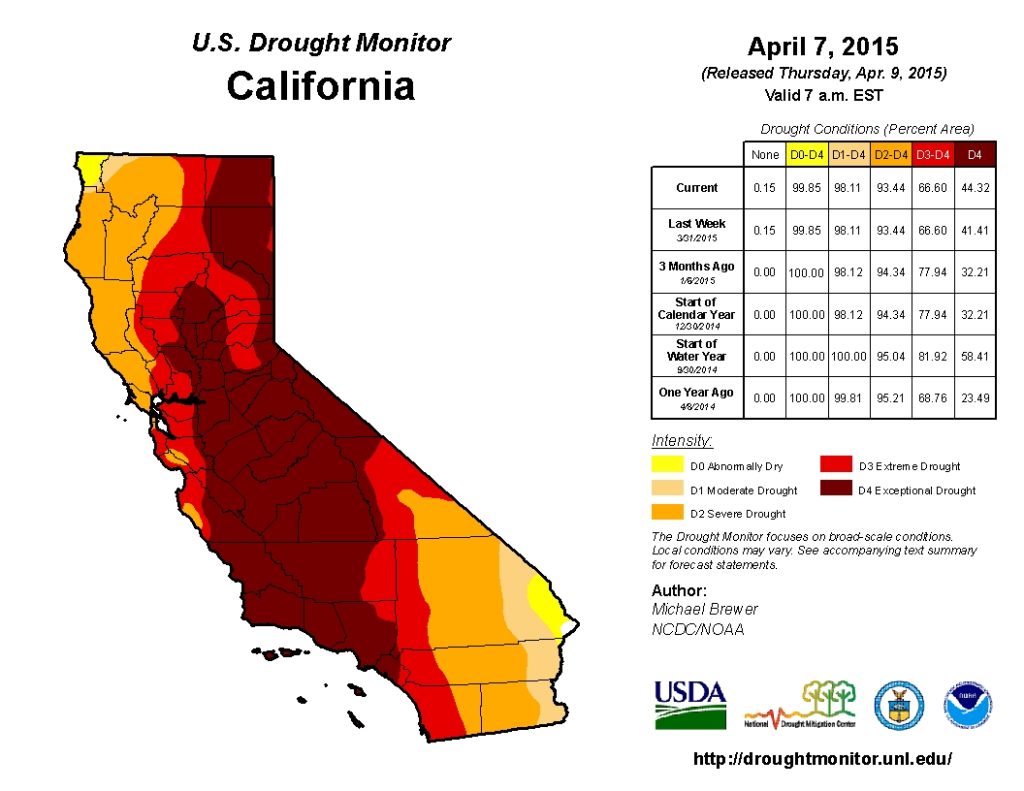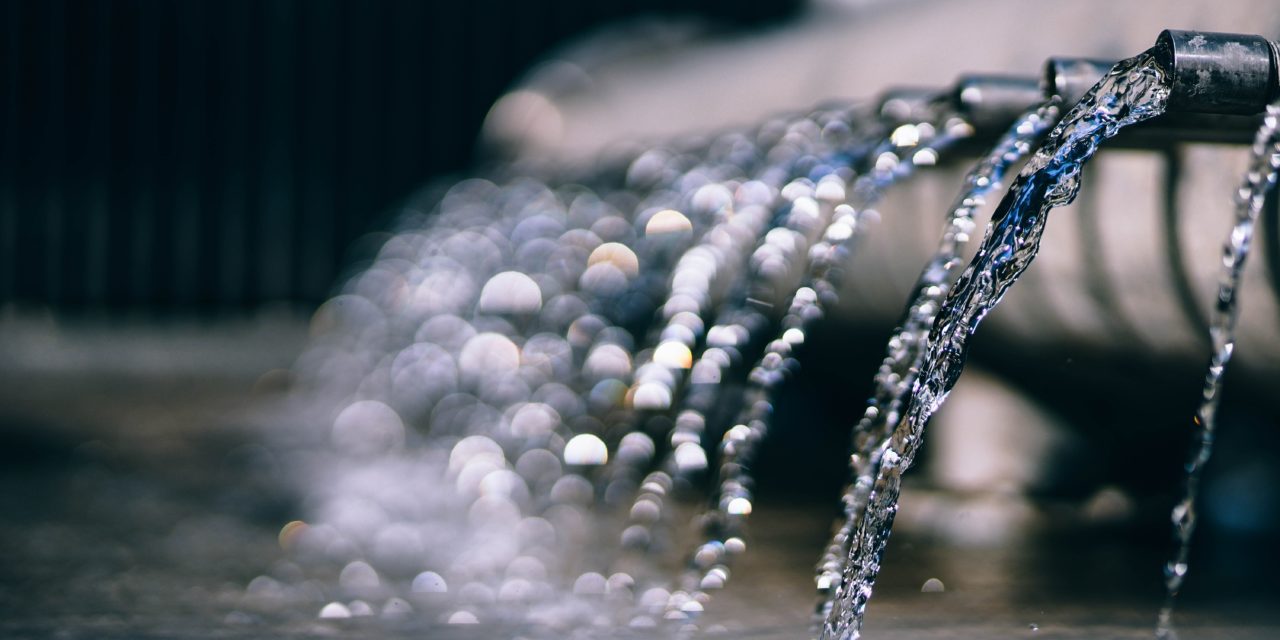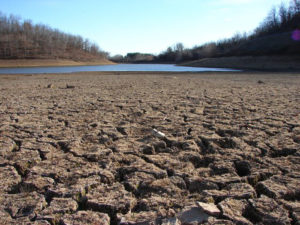Last week we considered the plight of an Ohio village stuck between low water levels and an energy company suing to enforce an agreement granting them priority access to the village’s main water source. This week we consider other issues related to fracking, which is controversial for many reasons, including the amount of water used and how often that water cannot be returned to the water table.
A typical fracking well can use a few million gallons of water, with larger wells like the one at Horn River Shale in British Columbia, Canada, using more than 15 million gallons of water. California had more than 12,000 active wells as of 2014. A recent article in the Huffington Post estimated water use by fracking wells in California to be about 70 million gallons.
Water rights are a complex and divisive issue in California, and the situation has only been made worse by the increasing scarcity of water. California is in the midst of a devastating, 4-year drought that has included the lowest recorded precipitation on record for the state. On April 1, California Governor Jerry Brown ordered water restrictions that will cut water use in cities and towns by 25%.
 While homes will most likely no longer have lush lawns, and public areas like golf courses and parks will see their green landscape fade to brown, some in the state do not have to worry about the restrictions. Some critics have complained that the oil industry is not specifically affected by the mandate.
While homes will most likely no longer have lush lawns, and public areas like golf courses and parks will see their green landscape fade to brown, some in the state do not have to worry about the restrictions. Some critics have complained that the oil industry is not specifically affected by the mandate.
The agricultural industry is also largely excluded from the new water regulations. Farms in California use 80% of water in the state. That might seem like a lot considering that agriculture accounts for roughly 2% of the state’s economy. However, while the $46.4 billion that California farms produced in 2013 might be small by Golden State standards, California agriculture incomes surpass the agriculture income of any other state. More importantly, the food produced makes up a large portion of the food eaten by the rest of the country.
Consider that of the produce grown in the United States, California produces
- 97% of plums
- 97% of kiwifruit
- 95% of celery
- 95% of garlic
- 92% of strawberries
- 90% of broccoli
- 89% of cauliflower
- 88% of avocados
- 74% of lettuce
- 71% of spinach
California is also the sole U.S. commercial producer (producing 99% or more of the domestic supply) of almonds, artichokes, clingstone peaches, pistachios, pomegranates, prunes, raisins, and walnuts.
Farmers and agricultural businesses are doing their best to conserve water. The oil company Chevron is also doing its part by selling about 500,000 gallons of water a day back to the Cawelo Water District in Kern County. The water Chevron is selling is the salt-filled wastewater produced from the drilling process. Chevron is selling the produced water at cost to farmers, who can use it by itself or mixed with fresh water on crops.
Although the produced water is tested quarterly for salts and boron to ensure that it is safe for reuse, agricultural use of this produced water is not a permanent solution. If the soil becomes too saturated with salt, the farmland could become unusable. However, many farmers see the produced water as a necessary stopgap until the drought conditions reverse.
For the rest of California and the country, it’s essential to keep the farms productive so they can continue to provide many of the fruits, vegetables, and nuts consumed by people throughout the United States. Without water, those farms will have no choice but to cut down on the number of crops planted each year.







Recent Comments